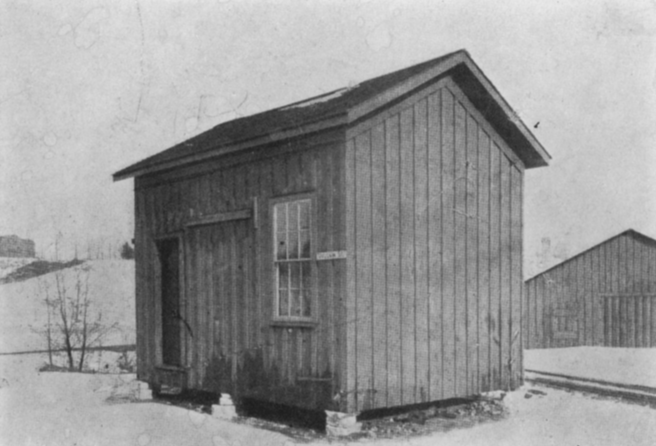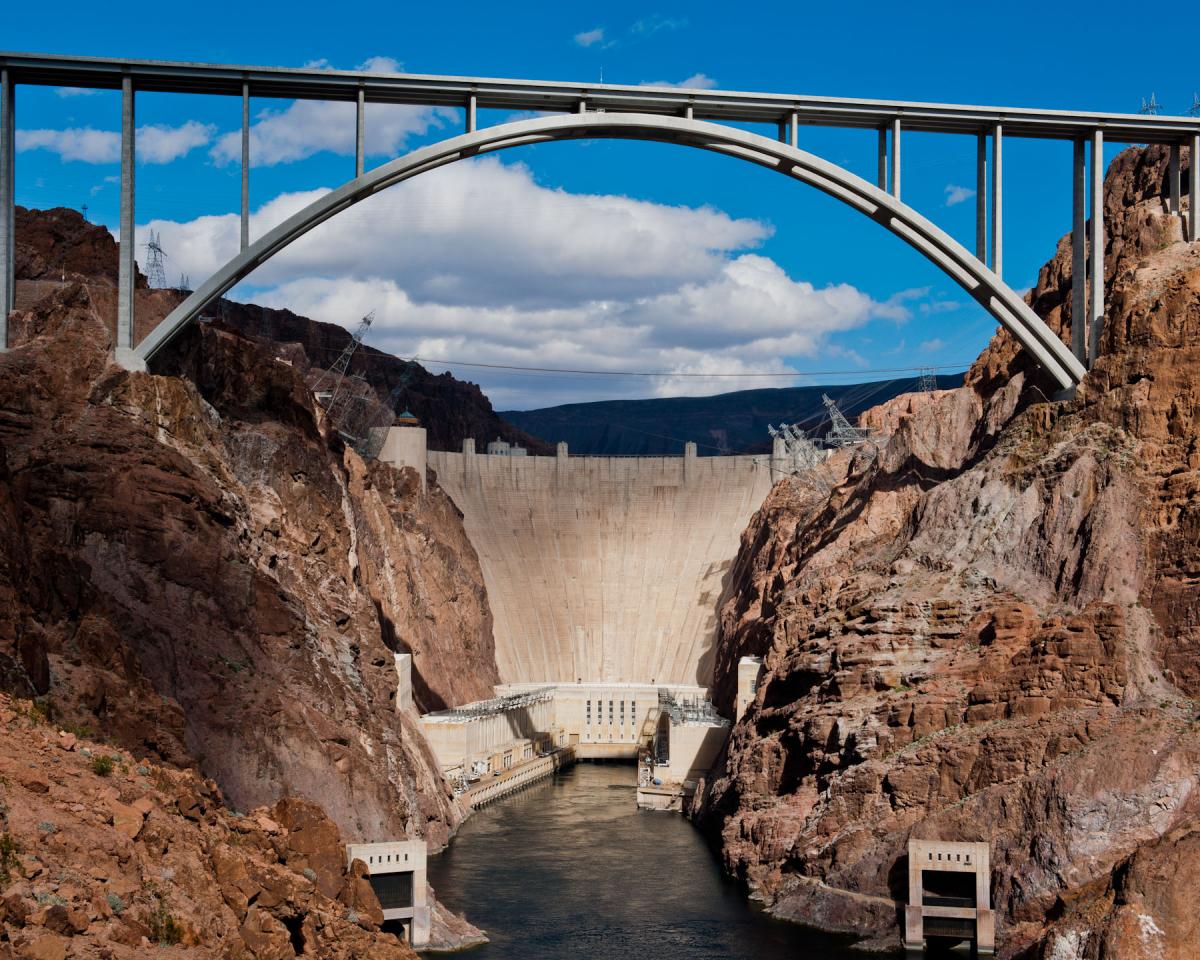The Power of Water


Throughout history, humans have sought to harness the power of moving water. From early waterwheels to modern hydroelectric dams, hydropower has provided a reliable source of renewable energy for millennia. This article traces the evolution of hydropower technology and its impacts on societies across the globe.
Energreen 2023-11-16
The use of water power dates back to ancient times. Some of the earliest evidence comes from the Roman Empire, where waterwheels were widely used for grinding grain and powering milling operations. Roman engineers improved the efficiency of waterwheels through innovative gearing systems and undershot wheel designs.

In the Middle Ages, hydropower played an integral role across the Islamic world and medieval Europe. Waterwheels evolved into more complex noria designs that lifted water for irrigation. Milling, metal working, and manufacturing were all powered by hydropower. The Domesday Book in 1086 AD recorded over 5,600 watermills in England for agricultural and industrial activities.
From the 1700s onwards, hydropower was at the forefront of the Industrial Revolution. Textile mills in England and the United States increasingly relied on hydropower for machinery. The number of waterwheels in Britain peaked around 1870, with over 25,000 in use. Although steam engines and coal later displaced some hydropower applications, it remained an essential renewable energy source.
It wasn’t until the late 19th century that hydropower technology shifted toward electricity generation. The first hydroelectric power plants emerged in the U.S., using water turbines connected to electrical generators. One of the first was the Vulcan Street Plant built in Appleton, Wisconsin in 1882, which provided 12.5 kilowatts of power.

The electrical grids, lighting systems and factories of the early 20th century drove rapid growth in hydroelectric dams worldwide. Large projects like the Edward Dean Adams Power Plant and Niagara Falls in 1895 paved the way. Norway and France led the development of mountainous "white coal" hydro resources. By 1920, 40% of U.S. electricity came from hydropower.
Major engineering feats expanded the possibilities of hydroelectricity. Massive dams like the Hoover Dam, completed in 1936, and mega projects like the Tennessee Valley Authority provided power plus flood control, navigation, and irrigation benefits. The INTAL aluminium manufacturing facility underscored hydropower’s potential for energy-intensive industrial activities.

Hydropower facilities proliferated across North America, Europe, Asia, Africa, and South America throughout the mid-20th century. The industry optimized turbine, generator, and control technologies while civil engineers pushed the boundaries of dam design. Governments invested heavily in hydroelectricity as an engine for development and economic growth.
By the 1960s, the environmental downsides of large dams came into focus. Natural habitats and ecosystems were often disrupted by reservoir flooding and downstream flow changes. High profile battles erupted over dam proposals like Storm King Mountain on the Hudson River.
In response, governments enacted environmental regulations to assess ecosystem impacts and protect fish habitats. Turbine technologies advanced to allow for safer fish passage and minimum flow releases. Dam operators adapted strategies to better mimic natural flood cycles.
But the meteoric rise of hydropower slowed considerably by the 1980s. The best dam sites were already developed in many nations. Alternatives like coal, nuclear and natural gas gained ground. Public opposition stymied projects over environmental and cultural concerns.
At the same time, technology opened up new possibilities in small, “run-of-river” hydro plants and power generation from existing dams and pipelines. Refurbishment programs have boosted output at aging facilities. The micro-hydro sector took off to provide remote villages with an inexpensive, off-grid electricity option.
Today hydropower supplies around 16% of global electricity production and over 80% in countries like Brazil, Canada and Norway. China now has the most installed hydro capacity worldwide. Climate change adaption, energy storage integration and new turbine designs are areas of innovation. While megaprojects are rare, hydropower retains immense potential to supply clean, flexible and renewable electricity for future generations.